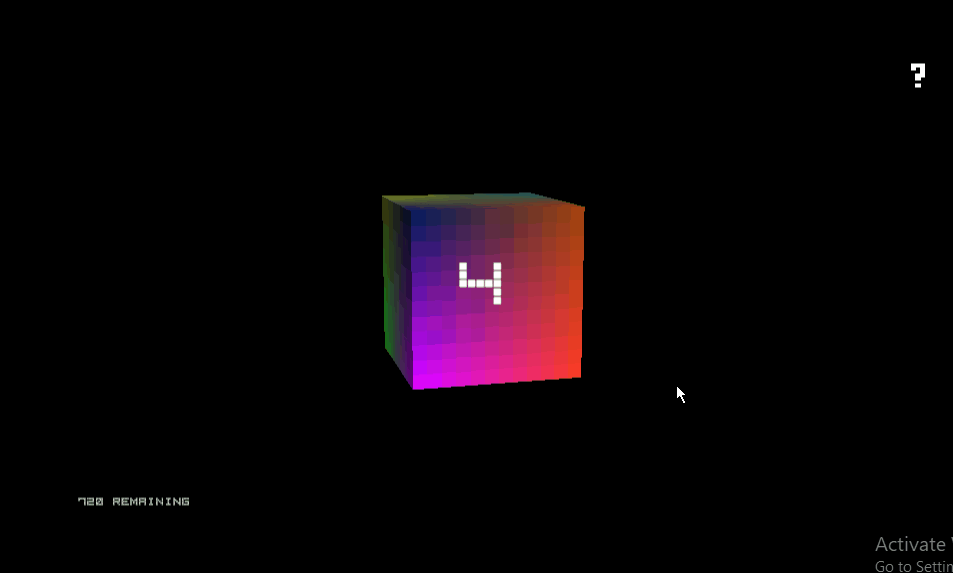I started doing fx work early in my career after finishing the vfx course at Vancouver Film School. I landed a job as an fx artist at Rainmaker before I graduated, and it's still one of my favourite roles to date. I loved it because I had a lot of freedom to design and develop my fx without being restricted too much by a pipeline, and being able to integrate the look dev and finished fx into semi-final comps.
Over the years my jobs doing motion, body/facial animation, crowd simulation, creature fx and 2d has each helped my fx work in developing a good eye for motion, weight, timing and physics. In the beginning I was using a combination of Maya and XSI, which has sadly disappeared but is quite similar to Houdini which I've now switched to - and Maya when I have to!
Over the years my jobs doing motion, body/facial animation, crowd simulation, creature fx and 2d has each helped my fx work in developing a good eye for motion, weight, timing and physics. In the beginning I was using a combination of Maya and XSI, which has sadly disappeared but is quite similar to Houdini which I've now switched to - and Maya when I have to!
My experience in simulating hair and cloth for crowd was the basis for my segue into creature fx. Hair, cloth and muscle simulations. Maya + Houdini
Most of my games work consists of cut scene fx, comps, body and facial animation, however it's complementary to the realtime/VR projects I've contributed to. I've gained familiarity with Unity and Unreal Engine. I had a lot of fun integrating this keyboard with the gameplay!
See it on Steam
Greenscreen, mattes, comps, roto, stereo
In 2016 I caught the VR bug and began learning how to develop within game engines, both in a personal and professional capacity. My first project - a learning exercise called Trumpinata - I did everything for (except model a head - thanking Silvia Bartoli for this!) and released on Steam. The most interesting of these projects was one I helped out on at Framestore called Hyper-Reality Test Drive, where I produced dynamic FX simulations in Houdini and exported them to Unreal, working with the dev team to integrate it all into a realtime environment.
During some travels I also decided to try to capture a Unesco World Heritage site called Petra. I photographed several locations, and recreated them in 3d with photogrammetry, then used the assets to build VR scenes in Unity. It's still a work in progress, but you can get an idea of what I've done here
During some travels I also decided to try to capture a Unesco World Heritage site called Petra. I photographed several locations, and recreated them in 3d with photogrammetry, then used the assets to build VR scenes in Unity. It's still a work in progress, but you can get an idea of what I've done here
Motion capture was the first discipline I worked in professionally. There was a studio near my university where I had the opportunity to get my foot in the door, starting out with mocap cleanup but eventually training up to run the stage. The skills I gained included calibrating the stage, suiting up, marker placement, processing, cleaning, retargeting and editing the data, and directing shoots, which I did once remotely. I also got acquainted with many other areas of vfx in a production environment as it was a small crew and there was a lot of crossover in responsibilities.
Eventually I joined the motion team at Weta Digital where I really honed my eye for world-class animation and vfx.
Eventually I joined the motion team at Weta Digital where I really honed my eye for world-class animation and vfx.
From motion, my career naturally transitioned into crowd simulation, adding a new level of complexity to clip blending and behaviours. Having done crowds manually before - placing and editing each individual character by hand (see: Avatar) - the next step was to learn how to do this procedurally. I jumped into Massive for the first time at Framestore, and I was almost entirely responsible for the crowd work on Kingsman: The Golden Circle, with some help from my Head of Department. In addition to building fuzzy logic networks and activating ragdoll to simulate behaviours, I also added dynamic hair and cloth to my crowds; in one shot, it was nearly 30,000 characters! Later on, at Moving Picture Company I migrated to doing crowd work in Houdini.
Here you'll find a variety of work that I've done over the years












































































.png)





